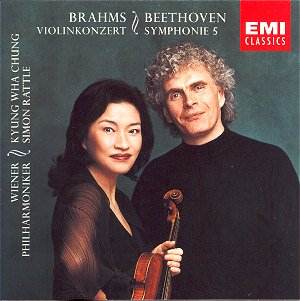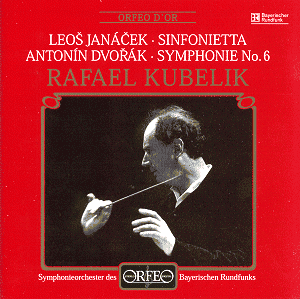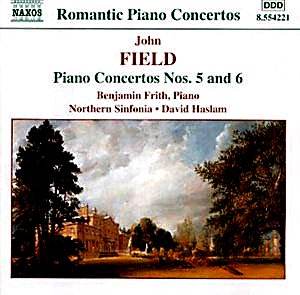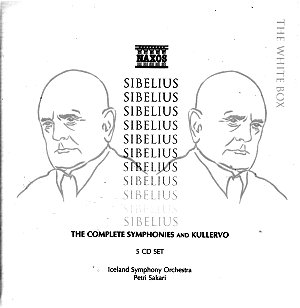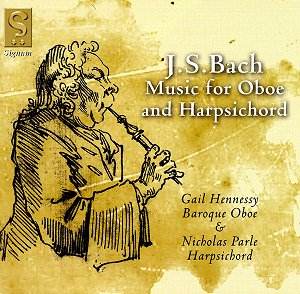 Composer: Johann Sebastian Bach
Composer: Johann Sebastian Bach
Works: Music for Oboe and Harpsichord, including:
Performers: Gail Hennessy, oboe; Nicholas Parle, harpsichord
Recording: December 2000, St. Andrew’s Church, Toddington, Gloucestershire
Label: Signum SIGCD034
Johann Sebastian Bach’s oeuvre remains a cornerstone of Western classical music, revered for its intricate counterpoint and emotional depth. The works presented in this recording, while arranged for oboe and harpsichord, offer a fascinating glimpse into Bach’s stylistic versatility and his affinity for the sonorous interplay between woodwind and keyboard. This disc features a compelling selection of pieces that, although not all originally composed for oboe, reflect Bach’s broader chamber music intentions and his innovative spirit.
Gail Hennessy brings her oboe to the fore with an assertive yet nuanced approach, particularly in the Sonata in G minor, BWV 1030b. Here, the oboe’s lyrical lines are juxtaposed with the harpsichord’s intricate textures. The challenges of this sonata are palpable, especially in its rapid passages, which Hennessy navigates with commendable dexterity. However, the arrangement’s fidelity to the original intentions is questionable; the sonata is thought to have been intended for flute, leaving the oboe to grapple with the inherent differences in timbre and technique. This is evident in the upper register, where Hennessy’s tone, at times, becomes harsh and abrasive, especially when she pushes for volume.
Nicholas Parle’s harpsichord playing is characterized by clarity and precision, yet in this recording, it often feels relegated to a subordinate role. The balance between the oboe and harpsichord is a critical flaw; the harpsichord’s contribution, especially in the Trio Sonata, is frequently obscured. The recording choices emphasize the oboe, which strips away the rich tapestry of sound that Bach intended when composing for multiple voices. While this decision may have aimed to showcase Hennessy’s skill, it ultimately undermines the harmonic dialogue that is crucial to Bach’s music. The sound engineering falls short compared to other recent recordings, such as those of Bach’s sonatas for viola da gamba and harpsichord, where the balance between instruments was beautifully achieved.
The thematic richness of Bach’s music is evident in the melodic and harmonic interplay within these sonatas. The Siciliano from the Sonata in E-flat major, BWV 1031, allows Hennessy to exhibit a more lyrical side, and while the oboe’s timbral qualities shine through, the lack of a robust harpsichord accompaniment diminishes the overall effect. In the Prelude and Fugue in C minor, BWV 871, the contrapuntal intricacies are compelling, yet again, the harpsichord’s voice is muted, undermining the conversational nature of the piece.
This recording holds an appeal for those interested in exploring Bach’s music through a unique lens, but it does so with notable limitations. The interpretative choices made by Hennessy and Parle, while bold, do not fully compensate for the imbalances in the sound engineering. The disc presents a valuable exploration of Bach’s works for oboe, yet the recording’s shortcomings, particularly the lack of balance and the oboe’s occasionally strident tone, hinder its overall effectiveness. A more equitable sound balance could have elevated this performance, allowing both instruments to coexist harmoniously, as Bach intended. As it stands, this recording offers an intriguing perspective but lacks the essential qualities that would make it a definitive interpretation of these enduring masterpieces.
